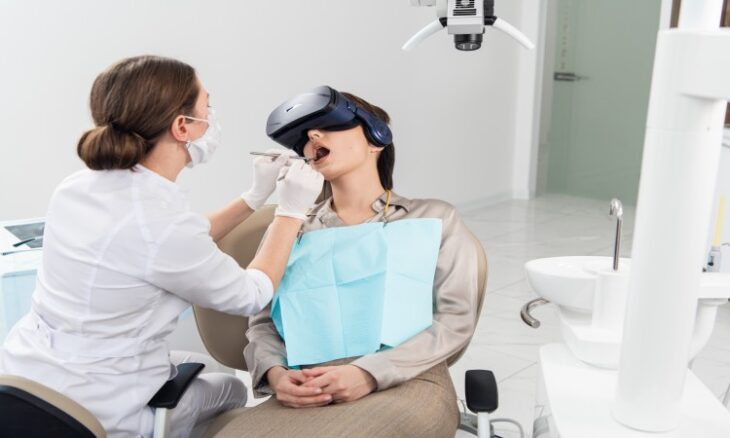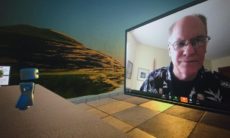VR Technology Transforms Paediatric Care at Sanford Bismarck
Sanford Bismarck has introduced innovative virtual reality technology to transform the experience of young patients undergoing medical procedures. The healthcare facility now employs three specialised VR headsets as part of its child life programme, designed specifically to reduce anxiety and redirect attention away from discomfort during treatment.
Melissa Schmautz, who serves as the head of the child life department in North Dakota at Sanford Bismarck, works directly with children who require regular medical attention. She encounters young patients who visit the haematology oncology clinic monthly for frequent infusions, whilst others experience their first intravenous procedure or blood draw. Schmautz reports remarkable success with the new technology, describing its effectiveness as amazing.
The practical benefits became evident during a demonstration involving seven-year-old Ashton Johnson, an experienced patient at Sanford Children’s. The young boy explained the technology’s purpose in straightforward terms, noting that the headsets help him avoid focusing on painful aspects of medical procedures.
Chad Moldenhauer, along with his company K&L Homes, provided the generous donation that made these headsets possible through the Sanford Health Foundation. Each device costs approximately £2,400, representing a significant investment in paediatric care technology. Moldenhauer currently serves on the board of directors at Sanford Bismarck, and his company maintains a long-standing tradition of supporting Sanford Children’s initiatives.
The father of three children expressed enthusiasm about contributing to this particular project after learning about the headsets and their potential benefits for young patients. Moldenhauer emphasised the extensive research and development that healthcare professionals invested in creating these specialised devices. He distinguished these medical-grade headsets from commercial gaming equipment, noting that their primary purpose involves preparing children for specific medical procedures rather than simple entertainment.
Healthcare professionals specifically designed these VR systems with paediatric patients in mind, incorporating features that address common medical scenarios. The devices include a meditation mode that helps calm anxious young minds before procedures. Children can engage with animated animal videos when accessing chemotherapeutic ports or during blood draws, providing effective distraction during potentially uncomfortable moments.
The headsets feature an MRI preparation mode that proves particularly valuable for upcoming diagnostic tests. Schmautz explains that patient movement during MRI scans can compromise image quality, requiring technicians to restart the entire process. The VR technology addresses this challenge by gently reminding children to remain still when they begin to move. This feature enables medical staff to assess whether young patients can complete MRI procedures without requiring sedation, potentially eliminating the need for additional medications and reducing stress for families.
The virtual reality programme represents another tool in Sanford Health’s comprehensive approach to providing optimal care for paediatric patients. Schmautz observes that the technology helps children understand what to expect during procedures, building their confidence and reducing fear. Young patients often discover that medical procedures seem less intimidating than they initially anticipated.
Parents particularly value this aspect of care, as Moldenhauer acknowledges the helpless feelings that often accompany having a child in the hospital. When children experience pain or discomfort, parents inevitably share those difficult emotions. The virtual reality headsets provide a means of temporarily transporting young patients away from the clinical environment, allowing them to engage their imagination and remember what it feels like to be children rather than patients.
This innovative approach to paediatric care demonstrates how technology can humanise medical experiences whilst maintaining clinical effectiveness. The investment in specialised VR equipment reflects Sanford Bismarck’s commitment to addressing both the physical and emotional needs of young patients, recognising that successful medical treatment extends beyond clinical procedures to encompass the overall patient experience.










